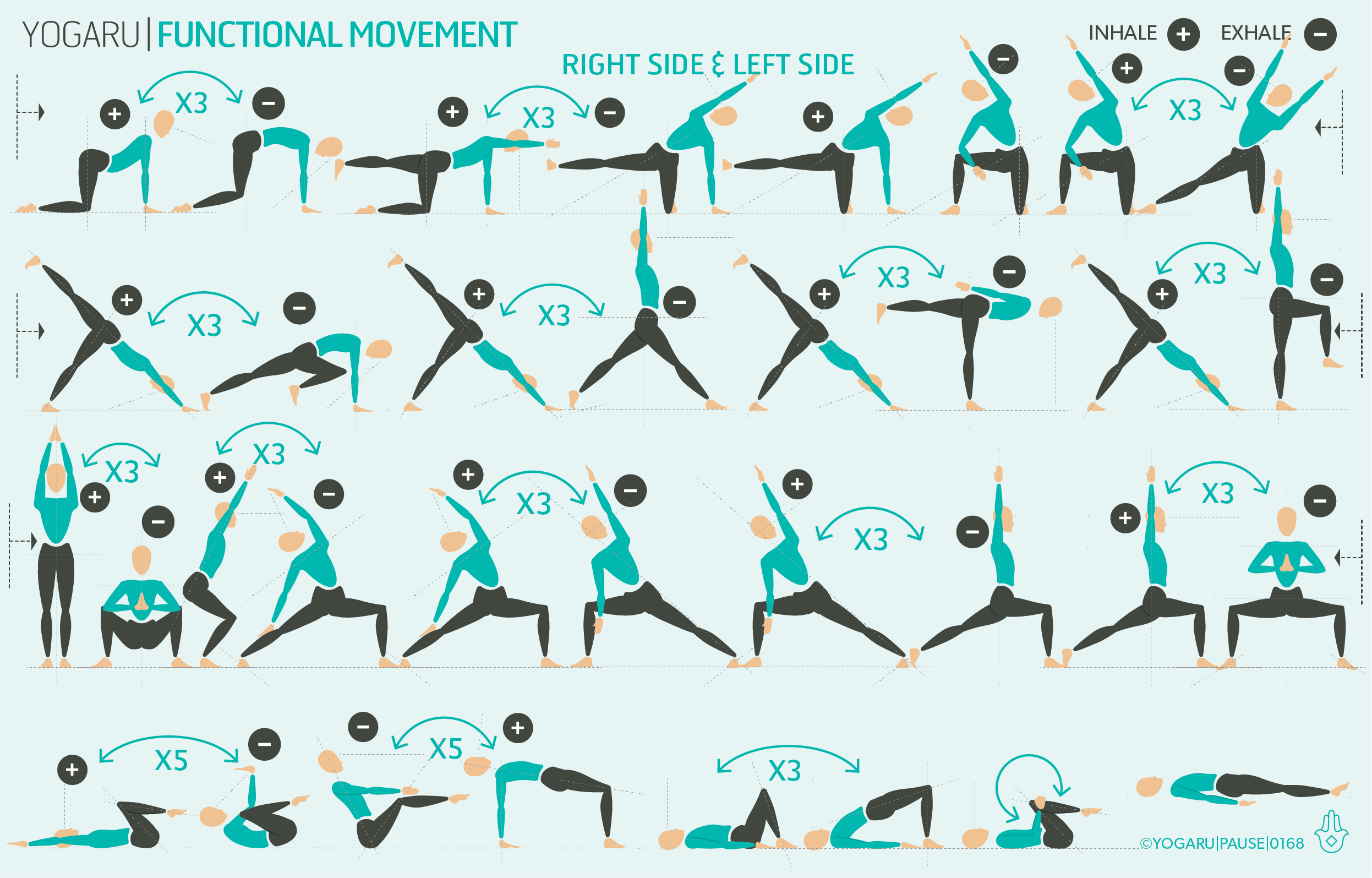Functional movement is the cornerstone of good everyday mobility. Guest writer Sam Delahunty shares his journey from gym bro to a more well rounded approach to wellness.
THE IMPORTANCE OF FUNCTIONAL MOVEMENT
During my years training in the gym I noticed some of the exercises were not optimal for overall body health. Yes they make you more toned and fitter looking, but do they really benefit your ability to move comfortably through life? I started to explore how our body really moves naturally and found what we call ‘functional movement’. Functional movement can be described as multi-joint, multi-planar moves which are relatable to everyday life. What is meant by multi-joint, multi-planar and every day movement? Well, multi-joint is the involvement of more than one joint during a movement, for example a squat involves your ankles, knees and hips. Functional movement often moves through multiple planes of motion as well, we’ll dive deeper into that later. Finally and most important of all, functional movement is applicable to everyday life. This is why applying functional movements to your practice is so important, as the goal of any fitness journey is to be more healthy and capable in the day to day.
WHAT IS FUNCTIONAL MOVEMENT REALLY?
There are five ‘rules’ or factors to functional movement – core, basic body movements, multi-joint, multi-planar and full active range of motion. The first one is moving from the core out. Every movement starts with the engagement of your core. This creates a solid base from which to control your limbs, for max strength and ability. Then there are the seven basic body movements. These are squat, lunge, hinge, rotation, push, pull, and gait. These essentially are the core moves your body was built to carry out, and the theory is by practising these basic movements in your training you will be more physically capable throughout life. On top of multi joint movement which I’ve explained already you move through multiple planes while practising functional moves. There are three planes through which we are capable of moving. The sagittal, dividing the body into left and right sides (moving forward and back); the coronal, dividing the body into front and back sides (moving side to side); and the transverse, dividing the body into top and bottom halves (twisting movement). Finally functional movement often aims to move your body through a full active range of motion (AROM). In our everyday lives we have become more sedentary and less versatile in our movement than our predecessors. Your body was built to move to its full capacity and as the saying goes use it or lose it. When I am building my fitness programmes I make sure to combine both functional movements and muscle or joint specific movements. Functional movements maintain and improve my mobility, and muscle or joint specific movements help prevent injury by strengthening individual muscles. Through practising yoga you often move more than one joint, move fluidly through one plane to another and challenge your core as you move. You also explore your full range of movement and you will notice many of the basic body movements cropping up in your practice too.
EXPLORING FUNCTIONAL MOVEMENT IN YOUR PRACTICE
This sequence is a little different from the usual ones you will find in our articles. It is mainly built of two pose mini flows with the main focus on the transitions from pose to pose rather than the poses themselves. Creatively adding functional movement with these mini flows challenges the full body – building your repertoire of everyday mobility and longevity of the joints, muscles and connective tissue. As you practise this sequence you might feel a bit more clumsy in our movement. That is absolutely fine, remember you are building active range of movement and everyday mobility, not perfection. Remember to initiate each movement from an engaged core to stabilise our spine and help you maintain centre of gravity as you move.
ALIGNMENT CUES
There is no specific peak pose in this functional movement sequence. Use the cues below to help you flow through the sequence with ease and fluidity.
Have a read of the tips below and either print out the sequence or save it onto your device:
Use the breath guide in the sequence to help you link breath with movement in the flow. Inhale is indicated with a ‘+’, exhale is a ‘-”.
Move slowly from pose to pose. Use the first few rounds of each mini flow to work out how your body wants to transition from pose to pose.
For a longer practice repeat the warm up flow on the first line at the start of each of the three standing flows or repeat each of the standing mini flows three times.
To save the images for personal use click and hold down the image until the ‘save image’ option appears; on Mac hold down ‘control’ and click the image to get the option box; on PC right click on the image to get the option box. Scroll down in the ‘option box’ and click ‘save image’.
Sam’s keen interest in fitness started at an early age during his time spent playing rugby in St.Michael’s. He went on to complete an olympic triathlon at the age of 16 followed by a half marathon.
These achievements gave him the inspiration needed to set him down the health and fitness path. He learnt the importance of multidisciplinary training and incorporating yoga and functional training when creating programmes. His systematic approach to both performance and everyday health is all about building an overall ability to specialise and succeed.






